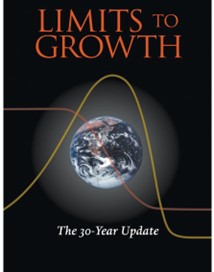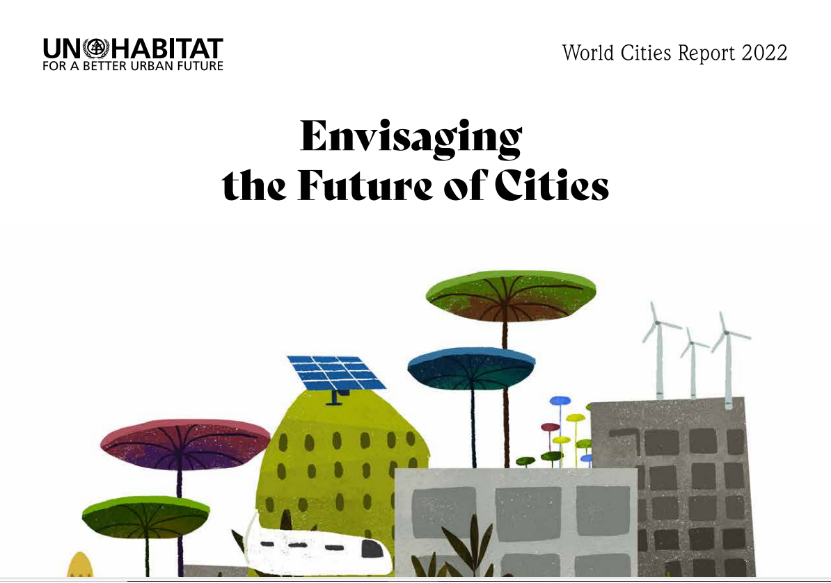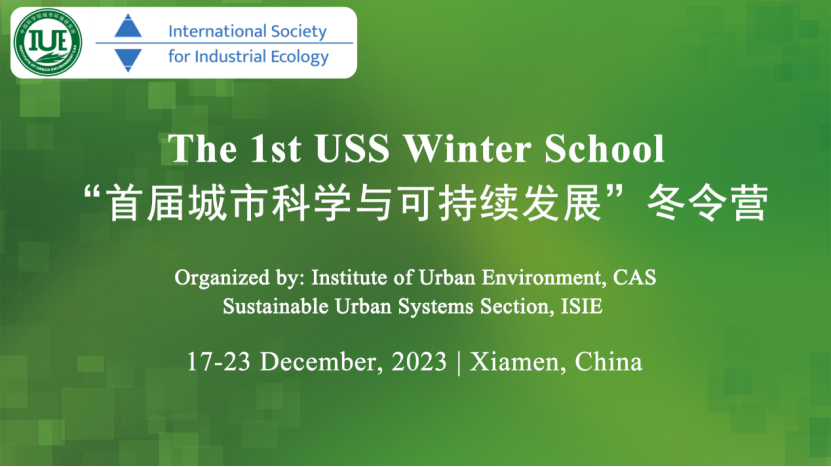Review of Limits to Growth
Yizhuo Wen
In 1972, three scientists from MIT created a computer model that analyzed global resource consumption and production. Their results shocked the world and created stirring conversation about global 'overshoot,' or resource use beyond the carrying capacity of the planet. Now, preeminent environmental scientists Donnella Meadows, Jorgen Randers, and Dennis Meadows have teamed up again to update and expand their original findings in The Limits to Growth: The 30 Year Global Update.Meadows, Randers, and Meadows are international environmental leaders recognized for their groundbreaking research into early signs of wear on the planet. Citing climate change as the most tangible example of our current overshoot, the scientists now provide us with an updated scenario and a plan to reduce our needs to meet the carrying capacity of the planet.
The Limits to Growth, first published in 1972, is a seminal work co-authored by Donella Meadows, Jorgen Randers, and Dennis Meadows. Over the decades, it has been revised multiple times, and its value has become increasingly acknowledged. The book primarily explores the interconnections between economic growth, population growth, and resource consumption. Utilizing systems dynamics and computer models, it simulates various possible future scenarios for the world, sparking reflection on sustainable development.
The Limits to Growth has sparked extensive debate and controversy since its initial publication. The authors argue that if humanity continues to pursue economic growth in its current manner, resource consumption and environmental pollution will inevitably lead to a global crisis. Critics have contended that the model oversimplifies reality, neglecting the potential of technological advancements and human innovation. For instance, technological progress might improve resource efficiency and reduce dependence on natural resources. However, time has validated many of the book's predicted trends, as issues such as population growth, environmental degradation, global warming, and energy crises have gradually emerged. The book's reception remains polarized, raising the question of how we should approach its conclusions.
Firstly, the conclusions of the book are derived from the results of computer simulations, which inherently have limitations. The authors abstract factors such as economic development, the environment, and population into variables, constructing a vast and complex model with mathematical equations to predict future trends based on data changes. The simplicity of these variables compared to the real world is apparent, and the authors themselves acknowledge this. They repeatedly emphasize that the book is an attempt to understand the real world through modeling, with its predictions intended as reference points to stimulate thought rather than absolute forecasts. However, this does not mean that the predictions are without value. Historical events demonstrate that the model's responses to real-world conditions have been relatively accurate, offering insights into the trends of world development and the relationships between variables.
Secondly, the authors use the concept of "overshoot" to highlight the urgency of achieving sustainable development. The book recounts how humanity managed to return to sustainability after an environmental overshoot, using the example of ozone depletion. Whether future collapses can be reversed and lead back to sustainability depends on the extent of the damage as well as our ability to remain vigilant and counteract the influence of special interest groups. It is not enough to address problems only after they arise; the limits of environmental systems and long-term lag effects necessitate proactive preparation to mitigate risks and pursue a path of sustainable development.
Finally, sustainable development does not equate to zero growth. In the book, the authors discuss the need for setting limits on economic and population growth while promoting advancements in environmental technology to achieve a balanced and sustainable state. Critics often argue that the concept of limits to growth hinders the economic development of developing countries, potentially trapping them in a state of poverty. However, the authors’ proposals are directed against the notion of growth above all else and the relentless pursuit of wealth accumulation. They argue that if the benefits of development can be shared globally, it is not necessary to pursue excessively high growth rates to meet reasonable material needs for all humanity.
In my view, The Limits to Growth is not only an in-depth study of global resource and environmental issues but also a profound reflection on the future path of human development. The focus of reading the book should be more on learning how to think about problems rather than fixating solely on its conclusions. The authors replace the complex reality with simplified models, and what we should learn is their approach to model-building and the comprehensiveness of their systems thinking, rather than merely questioning the precision of the model. The forward-looking conclusions proposed by the authors should prompt us to understand the underlying issues and the authors’ true intentions, rather than just countering their arguments. It is hoped that this book will inspire more thoughtful reflection rather than just providing definitive answers.




